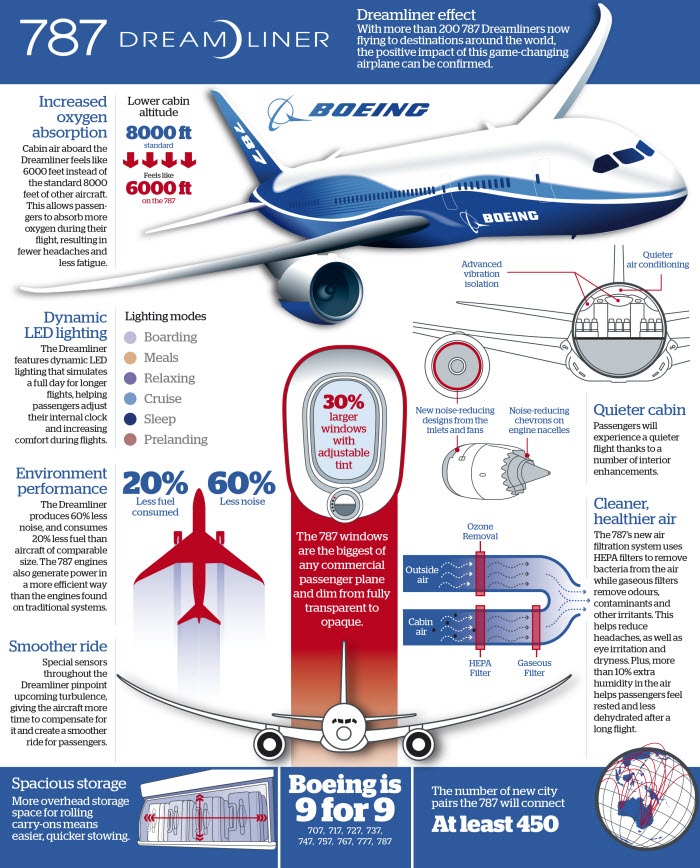The Future Of Home Home Heating - Just How Heat Pump Technology Is Progressing
The Future Of Home Home Heating - Just How Heat Pump Technology Is Progressing
Blog Article
Web Content Author-Svensson Goff
Heat pumps will certainly be a crucial innovation for decarbonising home heating. In a scenario constant with federal governments' announced power and environment dedications, their global capacity increases by 2030, while their share in home heating rises to one-quarter.
They function best in well-insulated homes and rely upon power, which can be supplied from a sustainable power grid. Technological breakthroughs are making them more efficient, smarter and cheaper.
Gas Cells
Heat pumps make use of a compressor, refrigerant, coils and fans to move the air and warmth in homes and home appliances. They can be powered by solar power or electricity from the grid. They have been getting popularity as a result of their affordable, silent operation and the capacity to create electrical energy throughout peak power need.
Some firms, like IdaTech and BG MicroGen, are servicing gas cells for home heating. These microgenerators can change a gas boiler and generate a few of a house's electrical demands with a link to the electricity grid for the rest.
Yet there are reasons to be skeptical of using hydrogen for home heating, Rosenow states. It would certainly be expensive and ineffective compared to other modern technologies, and it would certainly add to carbon discharges.
Smart and Connected Technologies
Smart home innovation allows homeowners to attach and regulate their devices from another location with using mobile phone apps. As an example, clever thermostats can discover your heating choices and instantly get used to optimize power consumption. Smart lights systems can be managed with voice commands and automatically turn off lights when you leave the space, decreasing power waste. And wise plugs can keep an eye on and manage your electrical use, enabling you to identify and limit energy-hungry devices.
The tech-savvy house portrayed in Carina's meeting is a great picture of how owners reconfigure space heating methods in the light of new clever home technologies. They rely on the devices' computerized functions to accomplish daily modifications and regard them as a practical methods of performing their heating techniques. Thus, they see no reason to adjust their methods better in order to enable versatility in their home power demand, and interventions targeting at doing so may encounter resistance from these families.
Power
Because warming homes accounts for 13% people discharges, a switch to cleaner options could make a big distinction. But the modern technology faces difficulties: It's expensive and requires extensive home restorations. And it's not constantly compatible with renewable resource sources, such as solar and wind.
Up until lately, electrical heatpump were too expensive to compete with gas versions in many markets. Yet new developments in layout and materials are making them much more budget-friendly. And much better cool climate performance is allowing them to function well also in subzero temperature levels.
The following action in decarbonising home heating might be the use of warmth networks, which attract warmth from a main source, such as a close-by river or sea inlet, and distribute it to a network of homes or buildings. That would decrease carbon emissions and allow families to make the most of renewable resource, such as environment-friendly electrical energy from a grid supplied by renewables. This choice would certainly be less expensive than switching to hydrogen, a nonrenewable fuel source that requires brand-new facilities and would only decrease CO2 discharges by 5 percent if coupled with boosted home insulation.
Renewable Energy
As electricity rates go down, we're starting to see the same fad in home heating that has driven electrical cars and trucks right into the mainstream-- however at an even quicker rate. The strong environment situation for electrifying homes has been pushed even more by new research study.
Renewables account for a considerable share of modern heat intake, yet have actually been provided minimal plan focus worldwide contrasted to various other end-use industries-- and even much less interest than power has. Partially, go to this site reflects a mix of consumer inertia, split incentives and, in several countries, aids for fossil fuels.
New technologies could make the shift much easier. For instance, heatpump can be made a lot more power efficient by replacing old R-22 cooling agents with brand-new ones that don't have the high GWPs of their predecessors. Some specialists also visualize district systems that draw heat from a nearby river or sea inlet, like a Norwegian arm. The cozy water can then be used for heating & cooling in a community.